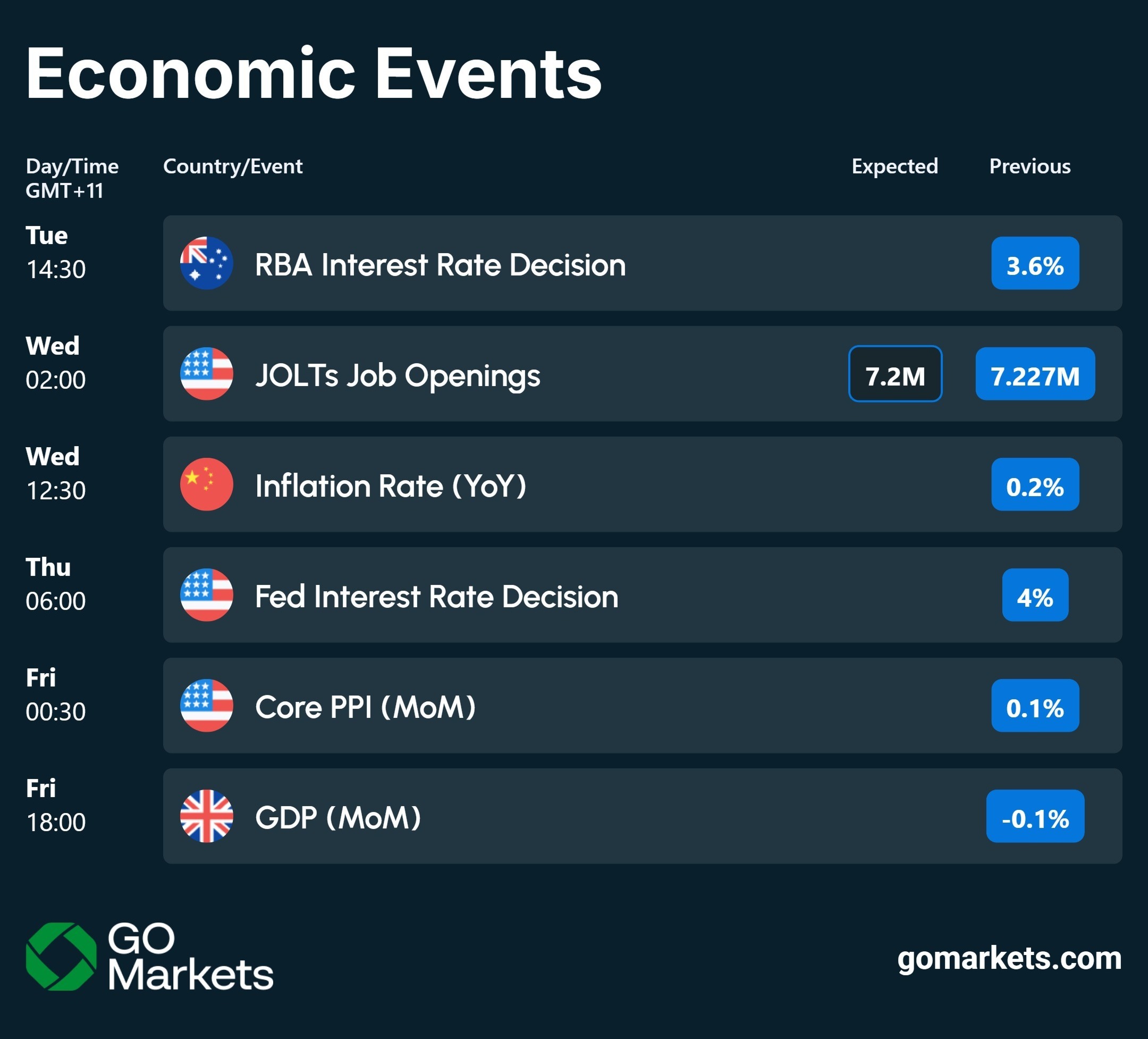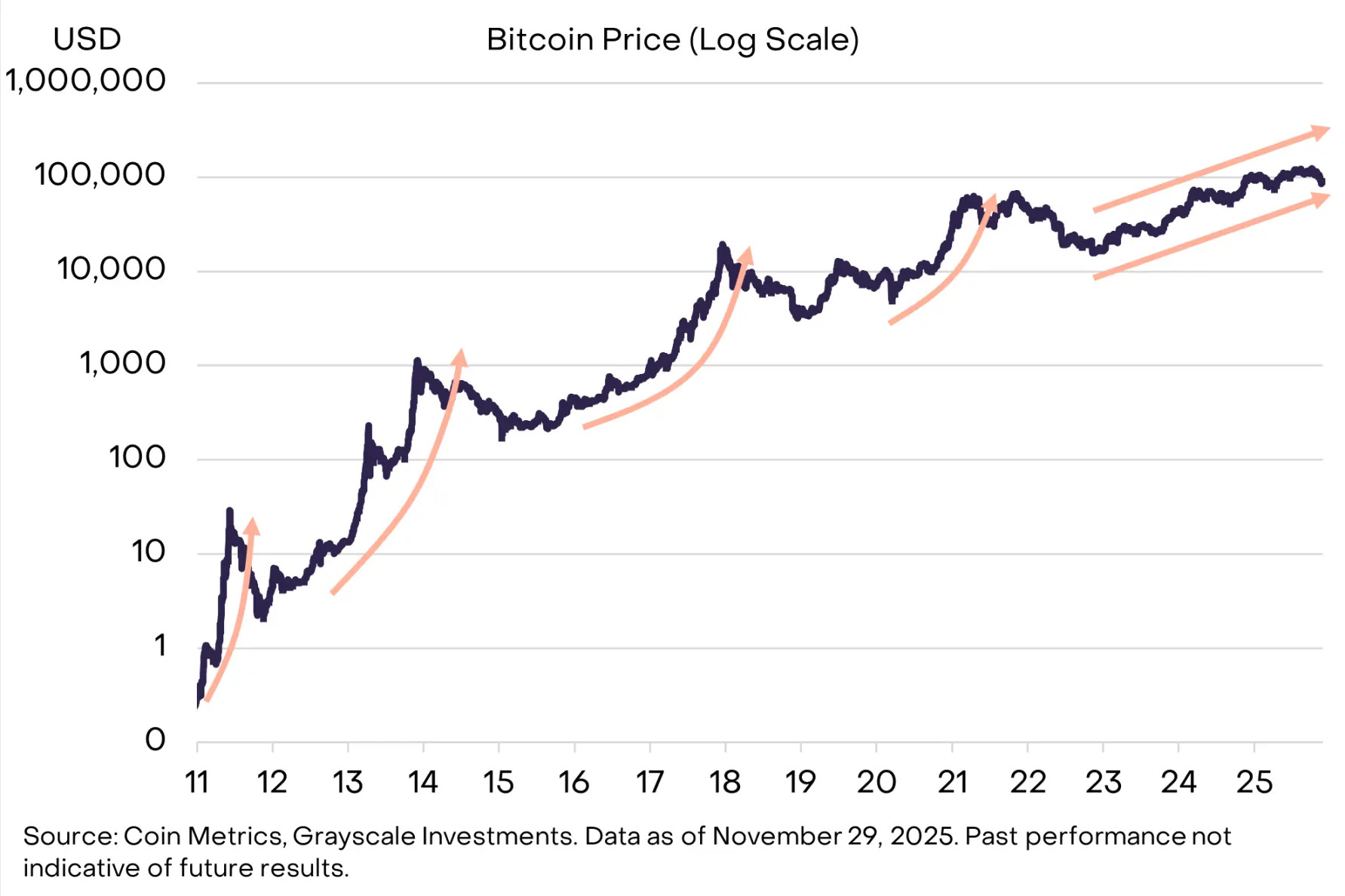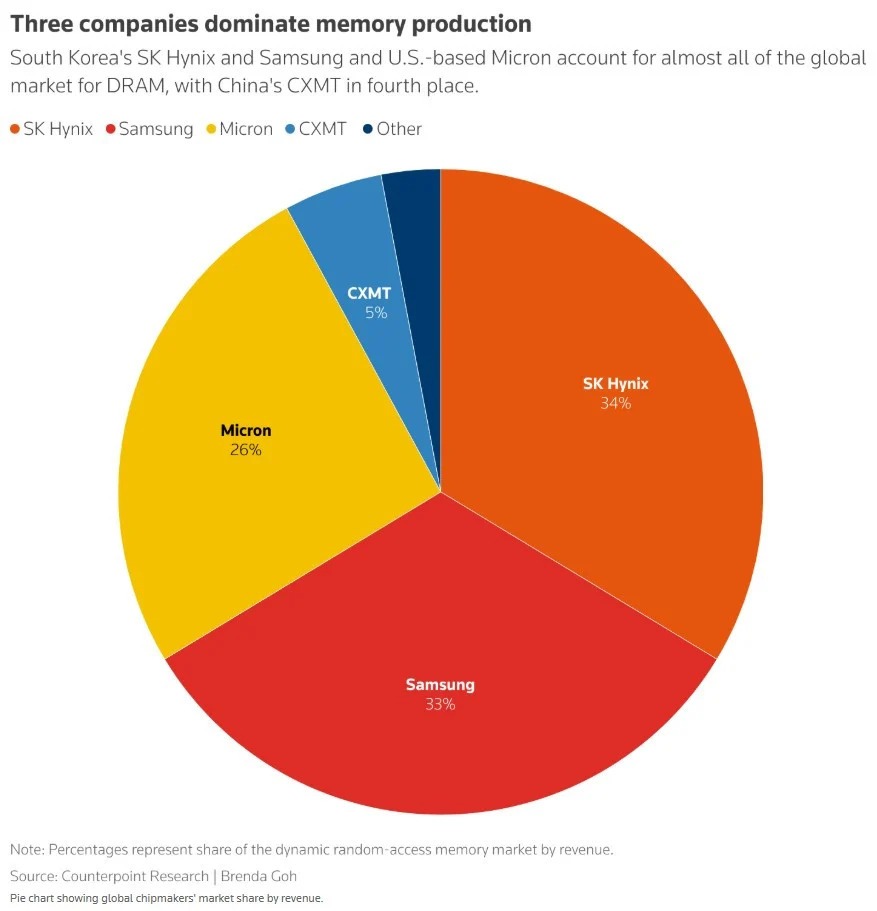GO Markets has won three awards in this year’s Global Forex Awards; Best Forex Fintech Broker - Global Best Forex Trading Support - Asia Most Trusted Broker - Europe The Global Forex Awards recognise forex and related businesses from around the world, “who are pushing the boundaries of innovation in retail forex trading solutions.” GO Markets COO & Director Khim Khor said, “We are very pleased to receive these 3 awards, which recognise the efforts our business is making to constantly improve our services globally. At GO Markets, we are committed to providing outstanding trading experience and customer service to all our clients globally. Being recognized as the Best Forex Fintech Broker also highlights our dedication to innovation and progression.
We hope these awards will help to solidify our market position as the most trusted global broker." Hosted by Holiston Media, the awards are now in their fifth year. With 58 categories, the awards highlight those businesses at the forefront of cutting-edge technology, low-cost trading, comprehensive market research tools, advanced educational programs and world-class customer service for direct to consumer/trader businesses. “Well done to each and every one of this year’s winners. They have proven they are at the very top of their game in the global forex retail industry.
The Global Forex Awards 2022 - Retail are a true benchmark for success that will not only impress potential new customers, but will also boost existing client comfort and loyalty, ” said Mike Boydell, Director of Holiston Media. GO Markets Global Head of Operations, Yaazdee Jaunbocus, accepted the awards at a celebration in Cyprus last week. “It’s fantastic to see GO Markets recognised on a global stage, with acknowledgement of our customer support and trustworthiness as a business; two areas in particular that we focus a lot of our attention on. It was a pleasure to attend the awards ceremony last week and accept these awards on GO Markets’ behalf,” said Yaazdee.
Learn more about the Global Forex Awards here.












.jpg)

.jpg)



